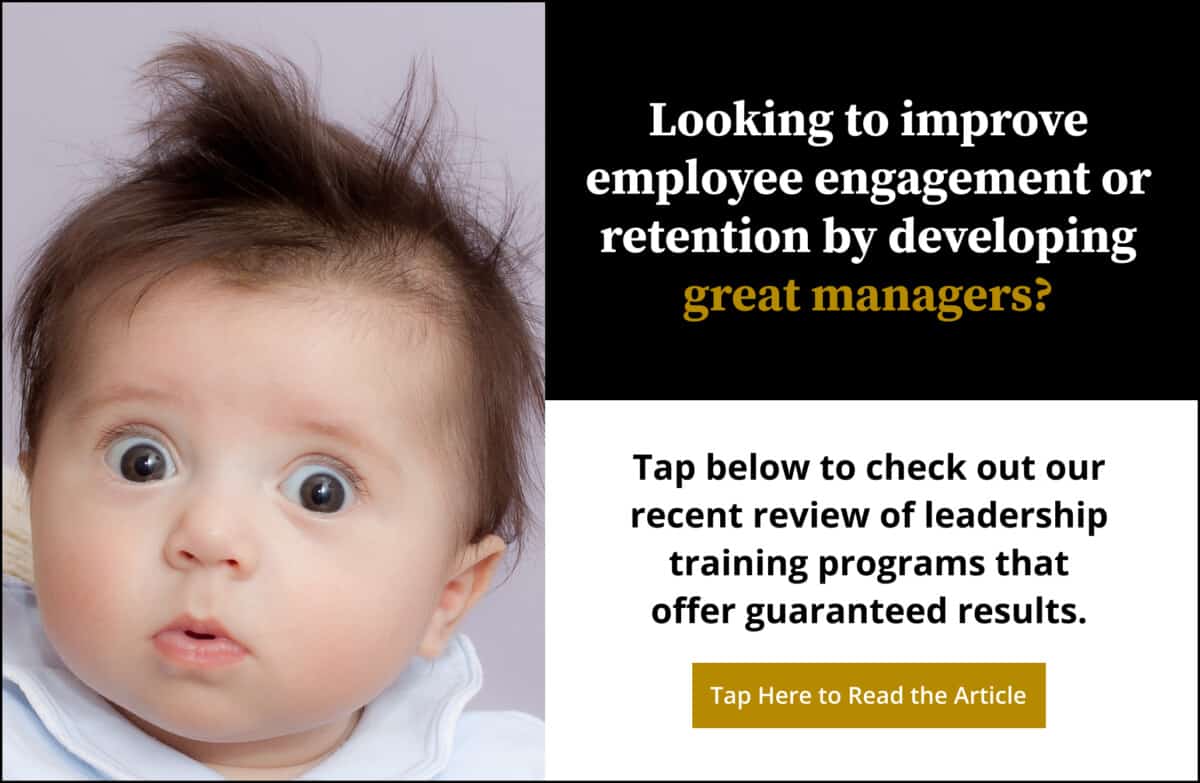Share:

Workplace culture plays a pivotal role in shaping the identity of an organization. It is the invisible yet powerful force that influences how work gets done, how employees interact, and how the organization presents itself to the outside world.
Workplace culture is the shared set of beliefs, values, attitudes, standards, purposes, and behaviors that characterize an organization. It is the collective personality of the company, influencing everything from employee satisfaction and team collaboration to customer relations and business success.
The importance of a positive and healthy workplace culture cannot be overstated. It fosters a sense of belonging among employees, encourages engagement and productivity, and can be a key differentiator in a competitive market.
However, shaping a positive workplace culture is not a one-time effort; it is influenced by a multitude of factors.
Factors that impact culture in the workplace include leadership, values, communication, the work environment, professional growth opportunities, and work-life balance. Understanding and addressing these factors can lead to a more positive employee experience and productive work environment.
In this article, I will delve into each of these factors, exploring their influence on workplace culture and their implications for both employees and organizations.


Leadership
Leadership is a critical factor that shapes the culture of a workplace. The style and behaviors of leaders set the tone for the entire organization, influencing the attitudes, beliefs, and actions of its members.
Leadership styles can range from autocratic, where leaders make decisions without consulting their teams, to democratic, where decisions are made collectively. Each style has a distinct impact on workplace culture.
Autocratic leadership style fosters compliance but stifles creativity, while democratic leadership style encourages collaboration but could lead to confusion. Transformational leadership style inspires employees to exceed their goals for the greater good of the organization.
However, leadership is not just about the style employed; it’s also about the behaviors leaders exhibit. Leaders who demonstrate integrity, transparency, and respect help cultivate a positive workplace culture. They set the standard for behavior within the organization, and their actions send a powerful message about what is valued.
Let’s consider some examples of companies where strong leadership has shaped workplace culture and led to positive outcomes:
Apple: Under the transformational leadership of Steve Jobs, Apple fostered a culture of innovation and excellence that continues to drive its success today. Jobs’ visionary leadership style inspired employees to push the boundaries of technology, leading to groundbreaking products like the iPhone and iPad.

Atlassian: Atlassian, a leading provider of collaboration software, is known for its open and transparent leadership style. The leaders at Atlassian go beyond just talking about openness and transparency; they actively practice it in their interactions with their teams. This approach has fostered a culture of trust and collaboration within the organization.
Values
Values are the bedrock of an organization’s culture. They are the guiding principles that dictate behavior and help individuals understand the difference between right and wrong. Values provide a sense of direction and help in shaping a healthy work environment.
When an organization’s values are clear, they attract employees whose personal values align with those of the organization. This alignment fosters a sense of belonging and commitment among employees, leading to increased motivation and engagement.
Modeling core values is equally important in influencing culture. When leaders and employees consistently demonstrate these values through their actions, they become ingrained in the organization’s culture.
For example, if a company values transparency, leaders can model this by communicating openly about the company’s strategies and challenges. This behavior sets a precedent for all members of the organization to follow, fostering a culture of trust and openness.
Let’s consider some examples of companies where strong values have led to a positive culture:
Southwest Airlines: Known for its strong corporate culture, Southwest Airlines attributes much of its success to its core values of Warrior Spirit, Servant’s Heart, and Fun-LUVing Attitude. These values are not just words on a page; they are lived out daily by employees and leaders alike, creating a unique and positive work environment that sets Southwest apart in the airline industry.

Patagonia: This outdoor clothing company is renowned for its commitment to environmental sustainability, which is one of its core values. Patagonia has created a culture where employees are passionate about the environment and are encouraged to take action, such as participating in environmental activism. This shared value has fostered a strong sense of purpose and commitment among employees.
Communication
Communication is the lifeblood of any organization and plays a vital role in shaping workplace culture. It involves not just the exchange of information but also the understanding and interpretation of that information.
Effective communication can foster a culture of transparency, trust, and mutual respect, while poor communication can lead to misunderstandings, conflict, and low morale, eventually resulting in a culture that is toxic and unappealing to both employees and potential hires.
Feedback and transparent communication are particularly influential in shaping workplace culture. Feedback, when delivered constructively and regularly, can promote continuous learning and improvement. It helps employees understand what they are doing well and where they can improve, fostering a culture of growth and development.
Transparent communication involves openly sharing information about the organization’s strategies, decisions, and challenges. This can foster a culture of trust and inclusivity, as employees feel valued and involved in the organization’s journey.
Let’s consider some examples of how effective communication has improved workplace culture:
Microsoft: Under the leadership of CEO Satya Nadella, Microsoft underwent a significant cultural transformation and now champions a people-first culture. One of the key changes was the shift towards a more open and transparent communication style. Nadella regularly shares updates and insights with all employees, fostering a culture of inclusivity and engagement.

Slack: Slack, a leading collaboration software company, uses its own platform to promote open communication within the organization. Channels are created for different topics, projects, and teams, promoting transparency and collaboration. This approach has fostered a positive culture of openness and inclusivity, where everyone feels heard and involved.
Work Environment
The work environment is a significant factor that influences the culture of a workplace. A psychologically safe work environment, where employees feel comfortable expressing their thoughts and ideas without fear of retribution, can foster a culture of trust, creativity, and innovation.
In a psychologically safe environment, employees are more likely to take risks, voice their opinions, and be their authentic selves, which can lead to increased collaboration and productivity.
On the other hand, a work environment characterized by toxic behaviors such as bullying, harassment, or discrimination can lead to a negative workplace culture. Such behaviors can create a culture of fear and mistrust, leading to lower employee morale, engagement, and productivity.
Let’s consider some examples of companies that have improved their culture by focusing on creating a safe and positive work environment:
Google: Google’s Project Aristotle found that psychological safety was the most important factor in creating effective teams. The company has since focused on fostering a psychologically safe environment where employees feel comfortable taking risks and voicing their opinions.

SAP: SAP has a strong focus on creating a positive work environment. The company has implemented various initiatives to promote employee well-being and psychological safety, such as flexible work arrangements, mental health resources, and diversity and inclusion programs.


Professional Growth Opportunities
Professional growth opportunities play a significant role in shaping a positive workplace culture. They signal an organization’s commitment to its employees’ development and success, which can lead to increased job satisfaction, motivation, and retention.
When employees see that their organization is invested in their growth, they are more likely to feel valued and engaged. They are also more likely to stay with the organization, reducing turnover and fostering a culture of loyalty and commitment.
On the other hand, a lack of professional growth opportunities can lead to stagnation and frustration, negatively impacting the workplace culture. Employees may feel undervalued and unappreciated, leading to decreased motivation and productivity.
Let’s consider some examples of companies that have fostered a positive culture by providing growth opportunities:
Amazon: Amazon offers a program called “Career Choice” that pre-pays 95% of tuition and fees for employees to earn certificates and associate degrees in high-demand occupations. This program demonstrates Amazon’s commitment to its employees’ professional growth.

Unilever: Unilever’s “Future Leaders Programme” is a three-year, fast-track development program designed to prepare graduates for business leadership roles. The program offers a comprehensive curriculum of formal training, business projects, and networking opportunities, demonstrating Unilever’s commitment to nurturing talent and fostering a positive workplace culture.
Work-Life Balance
Work-life balance is a crucial factor that influences workplace culture. It refers to the equilibrium between professional responsibilities and personal life.
A positive work-life balance contributes to a healthier work environment, leading to increased job satisfaction, better mental health, and improved productivity among employees.
When organizations prioritize work-life balance, they communicate to their employees that they value their well-being and respect their lives outside of work. This can lead to a more positive employee experience, fostering a culture of respect, empathy, and understanding.
A poor work-life balance can lead to stress, burnout, and dissatisfaction, negatively impacting the workplace culture. Employees may feel overworked and undervalued, leading to decreased motivation and productivity.
Let’s consider some examples of companies that have improved their culture by promoting work-life balance:
Basecamp: Basecamp, a project management software company, is known for its commitment to work-life balance. The company offers benefits such as a four-day workweek during the summer, one-month sabbaticals every three years, and allowances for vacations and fitness. These initiatives have helped Basecamp foster a culture of balance and well-being.

SAS Institute: SAS Institute, a software company, offers a wide range of work-life balance initiatives, including flexible work arrangements, on-site healthcare and childcare, and a recreation and fitness center. These initiatives have contributed to a positive workplace culture and high employee satisfaction rates.
The Impact of Workplace Culture on Employee Experience
Workplace culture significantly impacts the employee experience, shaping their engagement, performance, and retention. A positive workplace culture can create an environment where employees feel valued, motivated, and committed to their work, leading to higher levels of engagement and performance.
Engagement is closely tied to workplace culture. When employees feel connected to their organization’s mission and values, they are more likely to be engaged in their work.
This engagement can lead to increased productivity and performance, as employees are motivated to contribute their best efforts towards achieving organizational goals.
Retention is another critical area impacted by workplace culture. A positive culture can foster a sense of belonging and loyalty among employees, making them more likely to stay with the organization. A negative culture can lead to high turnover rates, as employees may choose to leave an environment where they feel undervalued or unsatisfied.
Let’s consider some examples of companies that have seen improvements in these areas due to a positive workplace culture:
Salesforce: Salesforce’s culture of trust and growth has resulted in high employee retention rates. The company’s focus on employee development and well-being, along with its commitment to equality and social responsibility, has created an environment where employees feel valued and committed to their work.

Zappos: Zappos is known for its unique and positive workplace culture, which emphasizes customer service, creativity, and fun. This culture has not only led to high levels of employee engagement and performance but also to exceptional customer service, driving the company’s success.
Fostering a Positive Workplace Culture
Each of these elements plays a crucial role in creating a positive and healthy workplace culture. Leaders, in particular, have a significant influence on workplace culture. They set the tone for the organization through their actions and behaviors.
By modeling the organization’s core values, promoting open and transparent communication, fostering a psychologically safe work environment, providing opportunities for professional growth, and supporting work-life balance, leaders can cultivate a positive workplace culture.
However, creating and maintaining a positive workplace culture is an ongoing process that requires continuous effort and commitment. It involves regularly assessing the current culture, identifying areas for improvement, and implementing strategies to address these areas.
As a call to action, I encourage leaders to take the time to assess their own workplace culture. Consider the factors discussed in this article and reflect on how they are manifested in your organization.
Remember, a positive workplace culture not only benefits the employees but also contributes to the overall success of the organization.

Matt Tenney has been working to help organizations develop leaders who improve employee engagement and performance since 2012. He is the author of three leadership books, including the groundbreaking, highly acclaimed book Inspire Greatness: How to Motivate Employees with a Simple, Repeatable, Scalable Process.
Matt’s ideas have been featured in major media outlets and his clients include numerous national associations and Fortune 500 companies.
He is often invited to deliver keynote speeches at conferences and leadership meetings, and is known for delivering valuable, actionable insights in a way that is memorable and deeply inspiring.


